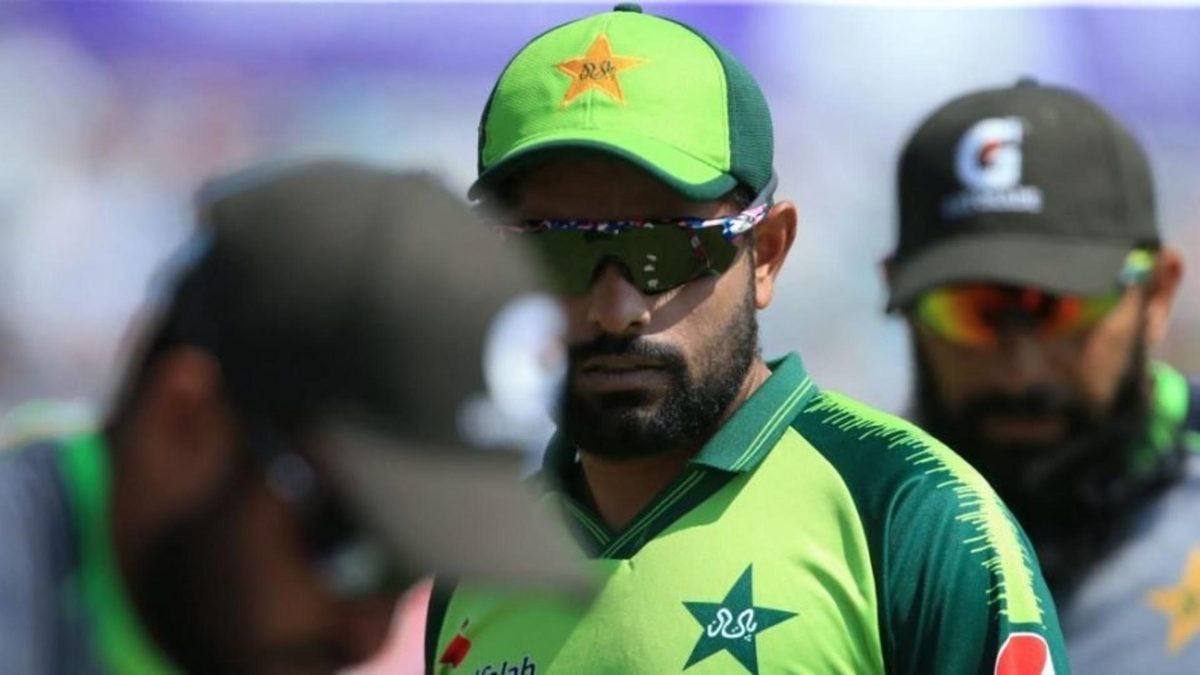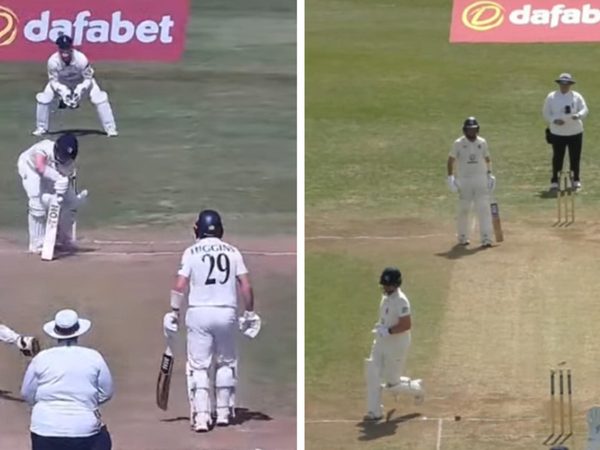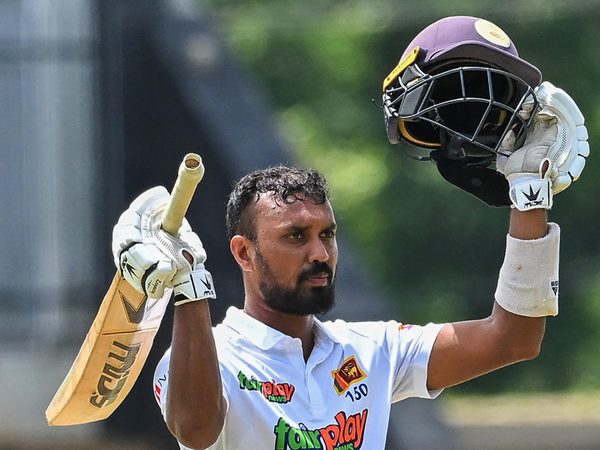
Pakistan lost the T20I series in England 1-2 with Babar Azam’s captaincy coming under scrutiny in the series. To go back to Pakistan’s T20I peak, Babar’s role as leader might just be crucial, writes Rohit Sankar, identifying areas for him to work upon.
Sign up to The Cricket Draft, powered by Wisden, an all-new, free-to-play fantasy game running alongside The Hundred, to win prizes and compete with your friends.
Match-ups: The modern T20 way
It’s very strange that in this modern era of T20 cricket, where match-ups and data are used in abundance, that Babar Azam chose to go with the same exact order of bowlers in the first three overs for the entire series against England. Imad Wasim’s two overs were split up by Shaheen Shah Afridi in all three games. In fact, until Hasan Ali came into the side in the last game, the six overs in the powerplay were bowled by the bowlers in the very same order in the first and second T20I.
Set patterns to bowling order is as archaic a strategy in cricket as any and can work against you in T20s, where the opposition is looking for any opportunity to create an advantage. Pakistan do not seem to rely too much on data-centric decisions, but they absolutely must embrace match ups and the benefits they can reap from them.
Stick by their big hitters, because Pakistan don’t have many
Sohaib Maqsood and Azam Khan are the only two players from the batting group from the recent England series that can be counted as big hitters in the Pakistan setup. While Maqsood played all matches at No.3, Azam Khan batted all of seven balls, and was dropped for the final game.
With Pakistan having ample accumulators in the side, Babar needs to place his trust in the likes of Maqsood and Azam and use them flexibly to optimise their output. Pakistan don’t have the luxury of too many big hitters and sticking by the ones that come through the system is important for them to get up to pace with the modern requirements of the format.
Their boundary hitting in this format has been less than ideal and that’s primarily because their accumulators face the bulk of the overs. Babar Azam scores a boundary every 6.4 balls for instance, when the global number in the same period for top-order batsmen is 5.9.
Get the bowling standards back up
Since Misbah-ul-Haq took over as the head coach, Pakistan’s bowling numbers have waned. The biggest factor in their success in T20I cricket under Mickey Arthur (where they won 30 of the 37 T20Is) was the bowling and in the last couple of years, it has been on a downward spiral.
Since Misbah took over, four of the six bowlers to play 15 or more matches have an average of 30 or more. Half of them concede runs at more than eight runs per over. Shaheen Shah Afridi, their attacking force in the powerplay, hasn’t clicked the way he did in his first few years. His average has steadily increased from 18.45 in 2018 to over 30 in 2021. In this year, he has nine wickets in 10 T20Is at an average of 32 and an economy of 8.48.
Designating roles to players
With ample strike rotators and powerplay specialist bowlers in the side, it’s important that Pakistan have specific roles for different players. Deciding on their opening combination will be key to understanding and fixing their middle order. Pakistan have switched between Babar, Fakhar Zaman and Mohammad Rizwan at the top with the wicketkeeper batsman enjoying outstanding success.
While Babar and Rizwan are overwhelming favourites to open now, is Fakhar suited to a middle order role? If not, can they also split up the right-handers in the middle order with another leftie? Notably, Pakistan haven’t been flexible with their batting order either, with a terrific pinch hitter in Hasan Ali massively underutilized. Knowing when to push up their big hitters and being flexible with the roles of their senior players is important for Pakistan to maximise their scoring potential.
A similar conundrum exists in the bowling department where Pakistan need to ensure players know their role. If Shaheen is used in a powerplay-death role, where do Hasan Ali and Mohammad Hasnain bowl. Is Mohammad Hafeez their third spinner if they need one or is he just a match-up bowler? Where does Shadab Khan fit into the side? Some key questions need answering before Pakistan can build a structure to their T20I side.
The spin department
Shadab Khan and Imad Wasim have played 17 T20Is since Misbah took over as head coach. Usman Qadir has played 12, but the leg-spinner has much better returns in terms of average and economy than the other two. Pakistan need attacking options in the spin department and with Shadab’s numbers tapering off and Imad more of an economical powerplay bowler than a wicket-taking one, Usman might need a longer run in the side.
With Hafeez also available as a part-time option and the likes of Zahid Mahmood and Mohammad Nawaz on the sidelines, identifying their core spin group and preferred ones to make the starting XI will help a long way in designating roles to their bowlers.








